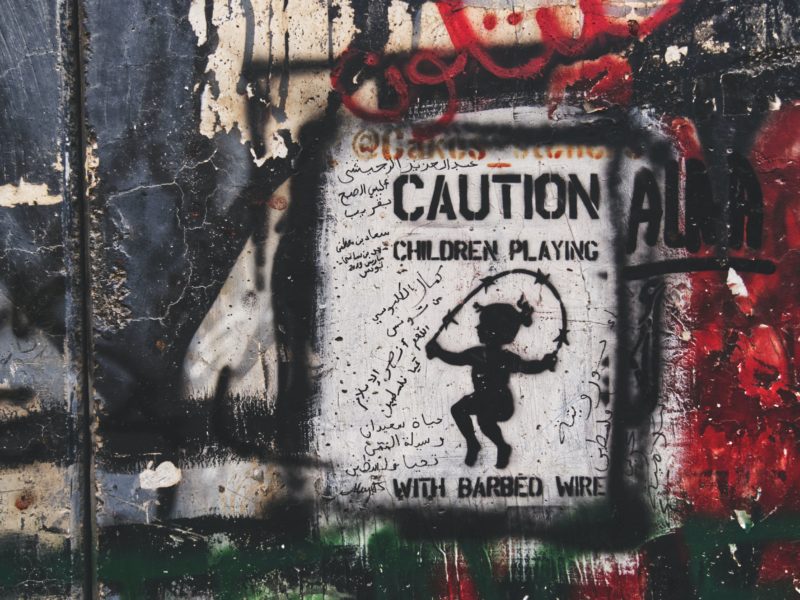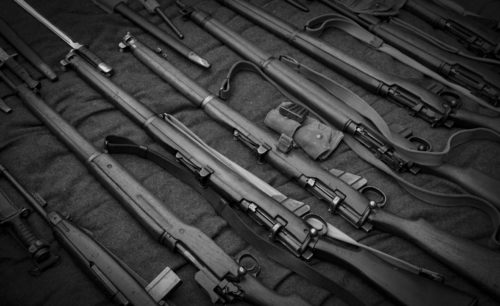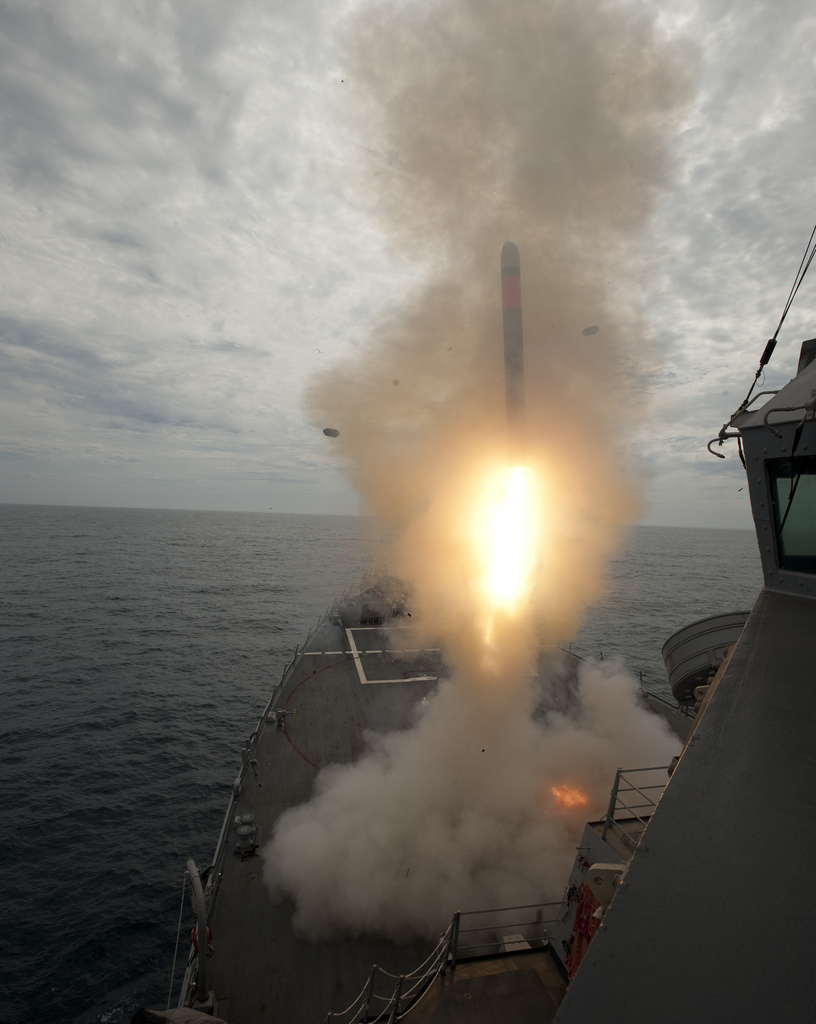At a conference hosted by Haaretz on Wednesday, Israeli Finance Minister Bezalel Smotrich said that “the village of Hawara needs to be wiped out. I think that the State of Israel needs to do that—not, God forbid, private individuals.” Hawara has been in the news lately because of an Israeli assault that claimed the lives of ten Palestinians and injured over one hundred. Although Smotrich prefers to see Hawara’s demise through public and legal means, his horror about vigilantes belies his consistent protection for rampaging settlers who commit acts of terrorism. He and the National Security Minister Itamar Ben-Gvir are both disciples of Rabbi Meir Kahane, whose Kach Party was banned in Israel and labeled a terrorist organization by the US State Department. Ben-Gvir was convicted of supporting a Jewish terrorist group and Smotrich has been under suspicion for planning terrorism.
The interviewer offered Smotrich several opportunities to walk back his comments, but he abstained. And his comments were not off-the-cuff. Smotrich was clear that much of his current thinking is part of his 2017 paper on “Israel’s decisive plan that advocates `disproportionate’ retribution to Palestinian terror,” specifically “transfer”—otherwise known as ethnic cleansing. This is not a fringe idea: about 50 percent of Israeli Jews support expulsion. The ideas contained in Smortich’s paper, which were once considered fanciful, unimaginable, and reprehensible, are now part of the conversation.
Smotrich might be an outlier because he has yet to learn that there are things you can and cannot say as a government official, but he is still in office and he is part of a government in which ministers and members of parliament have advocated violence against Palestinians. Moreover, these are not empty threats. Last year more than 170 Palestinians, including at least 30 children, were killed by Israelis and Israeli forces across the occupied West Bank and East Jerusalem. In January 2023 alone, at least 29 Palestinians, including five children, were killed, and the current total is sixty-six, including Palestinian fighters and civilians. In addition to the dead, there are scores more who have been injured, maimed, and suffered considerable property damage, including the loss of their livelihoods.
This current situation is alarming. Israel’s control over the territories has already produced a long list of alleged crimes against humanity and war crimes, but the current atmosphere has upped the ante and could be the progenitor of crimes against humanity and even genocide. The Genocide Convention defines genocide as the “intent to destroy, in whole or in part, a national, ethnical, racial or religious group, as such.” Over the last thirty years genocide research has exploded, led in part by the contemporary genocides in Bosnia, Somalia, Darfur, as well as the past genocides against the European Jews and Armenians.
Genocide is impossible to predict: there is no agreement on how the combination of preconditions, contingent paths, triggers, and entrepreneurs produce a form of violence once unimaginable. But research on genocide over the past several decades has provided insight into the preconditions, which provide a reasonable starting point.
Preconditions are not predictors. If we use them to predict genocides, we will overpredict. But a look at the UN’s report on atrocity crimes, which lists risk factors for genocide and “lesser” forms of organized violence, is illuminating. It lists eight common and six specific risk factors. The eight common factors are situations of armed conflict or other forms of instability; record of serious violations of international human rights and humanitarian law; weak state structures; motives or incentives; capacity to commit atrocity crimes; absence of mitigating factors; enabling circumstances or preparatory action; and triggering factors. These are, as the document states, general risk factors. Many states might qualify. Israel ticks all the boxes.
The six specific factors include the following. Intergroup tensions or patterns of discrimination against protected groups. Unequivocally. Signs of an intent to destroy in whole or in part a protected group. Also yes. In fact, just days ago an Israeli military commander referred to the attack on Hawara as a pogrom. Signs of widespread or systematic attacks against the civilian population. Yes—settlers have a yellow light that often turns green, and they are often aided and abetted by the Israeli government and army. Serious threats to those protected under international humanitarian law. Israel does not even recognize the application of international humanitarian law to the territories and has constructed settlements in the territories that are in major violation. Stern threats to humanitarian or peacekeeping operations is the only box that Israel does not tick, though some aid workers would suggest otherwise.
Other reports focus on other enabling factors that motivate individuals to imagine and unleash evil. One such factor is separation based on differences. Arabs and Palestinians have always been treated as a separate people and there is a growing consensus that Israel has many of the qualities of apartheid. There is classification—the creation of categories that serve to institutionalize, not only difference, but superior and inferior, and pure and impure. Israel has created a legal, political, and cultural difference between Israeli Jews and Palestinians. Palestinians have different rights and responsibilities depending on their membership status: Israeli Palestinians are a step below Israeli Jews, while residents of the territories have few rights whatsoever. Israeli law and policy not only distinguish between Jews and non-Jews, but the state’s responses to terrorism differ depending on whether it is committed by Jews or Palestinians. To begin, few Jews are labeled as terrorists, but if they are their houses are not blown up and their families are not threatened with eviction. Just listen to how Israeli officials talk. You will hear not only perceptions of built-in differences but also another risk factor: dehumanization. Dehumanization justifies the brutalization of the other and using all kinds of violence that would not otherwise be conceivable. At this very moment, Israel is proposing that Palestinians convicted of terrorism against Israeli Jews be executed, but Jews need not worry of execution if convicted of the same crime. Israel abolished the death penalty in 1954 for murder, but kept it on the books for crimes against humanity and war crimes. In 1962 Israel hung Adolph Eichmann for the crime of genocide. Since then some who were convicted of terrorism were given a death sentence, but all had their sentences commuted.
No genocide can occur without preparation and organization, and the evidence suggests that Israel possesses these elements. Has there been preparation? This is often difficult to tell, not only in real time but also after the fact. Genocides often occur in the shadows of war and often appear spontaneous. Genocide research, though, concludes that what is often seen as spontaneous is quite organized and purposeful. Analysis of the violence raged against Palestinians in Hawara suggest this was not a crime of passion but rather a crime built with considerable planning and premeditation, just waiting for the right opportunity.
None of this is to say that Israel is on the verge of unleashing mass crimes against humanity and genocide. But the warning signs are there. These kinds of crimes often occur because of calculations by the perpetrators that they can get away with it, because either no one wants to or can stop them. Will those in positions of power take the signs seriously and stipulate the consequences of engaging in such heinous behavior, if Israeli officials consider this option? Probably not. States are reluctant to get involved, especially if it requires force. And perpetrators sometimes have friends in high places. The US, which is Israel’s primary supporter and defender, has aided and encouraged Israel’s drift to the right. Currently it responds to the attacks on Palestinians with statements in support of the two-state solution and defending Israel in the UN Security Council, which would be laughable if it was not such a serious abdication of moral leadership.








4 comments
Thank you for this!!!
Is the Minister of Finance’s statement that “the village of Hawara needs to be wiped out” an official Israeli policy? If so, why?
Not yet. But if Palestinian resistance to the increasingly brutal occupation and oppression becomes more intense and widespread, it would not be surprising, if the places from which the resistance comes receive such treatment. On an individual scale Israel already carries out such a policy by destroying the homes of families of whom a member has carried out a fatal attack against Israeli citizens. s implied in the article, to expand from the micro to the macro level would not be considered such a dramatic move.
Thank you very much Prof. Barnett for your incisive article. I would just add that Prof. Yehuda Bauer, the astute academic advisor of Yad va`Shem and one of the most respected Holocaust researchers in the world, published many years ago an article/chapter with the title “It Could Happen Here”, meaning in Israel and carried out by an Israeli government.